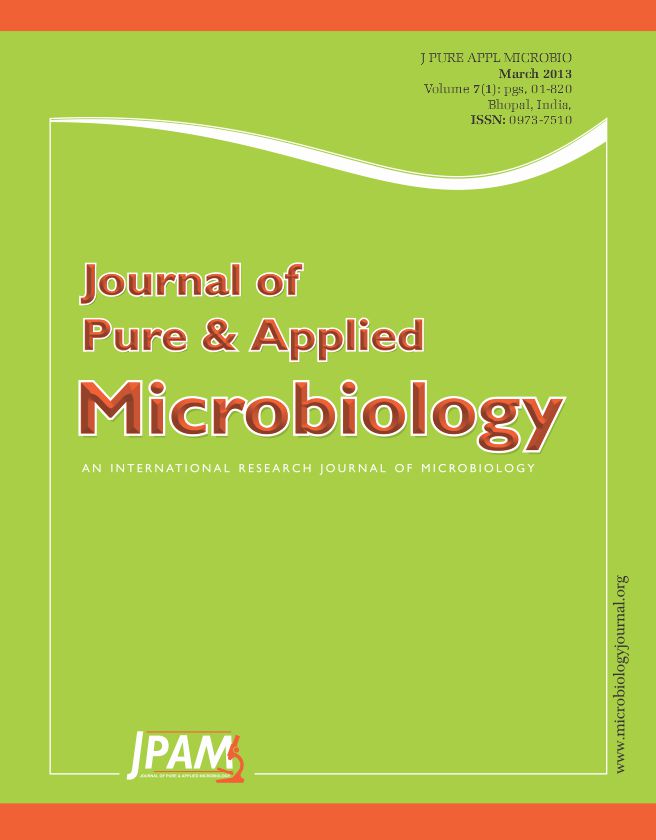Actinobacteria were isolated from a marine sediment using starch casein agar medium. Out of the 10 strains tested, two, the A-3 and A-3 mutant strains were evaluated for maximum antibiotic production; these were was tentatively identified as Streptomyces griseus. Several fermentation parameters, such as incubation period, temperature, pH, DO2 and carbon and nitrogen sources were also optimized for highest production of antibiotic from both the A-3 and A-3 mutant strain. The most marked antibiotic production occurred after 72 h. of incubation at 29°C, pH 7, DO2 60%, and in the presence of lactose and peptone as carbon and nitrogen sources, respectively. Data from the present study points to the possibility of using this mutant strain of Streptomyces griseus in the large scale production of the antibiotic.
Actinobacteria, Fermentation process, Antibiotic production, Optimization conditions, Streptomyces griseus
© The Author(s) 2014. Open Access. This article is distributed under the terms of the Creative Commons Attribution 4.0 International License which permits unrestricted use, sharing, distribution, and reproduction in any medium, provided you give appropriate credit to the original author(s) and the source, provide a link to the Creative Commons license, and indicate if changes were made.


